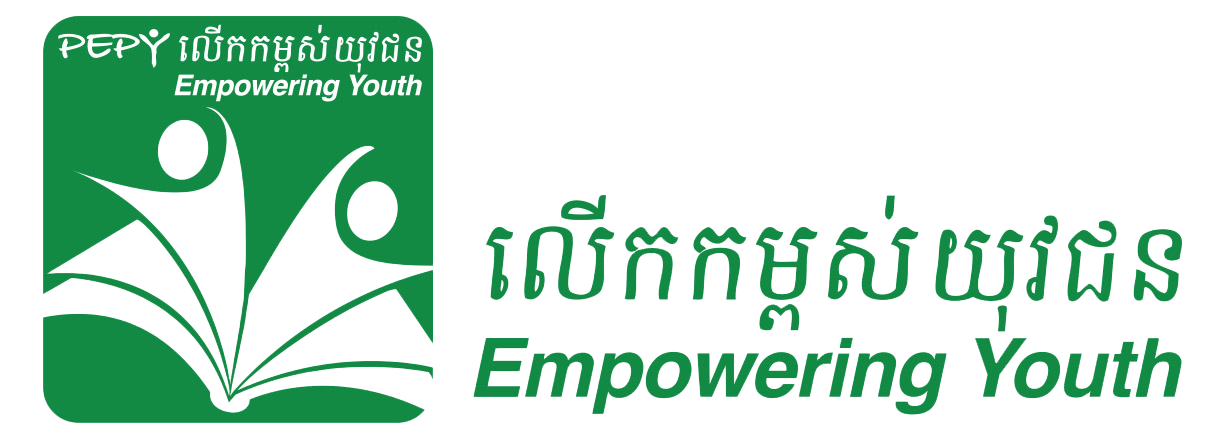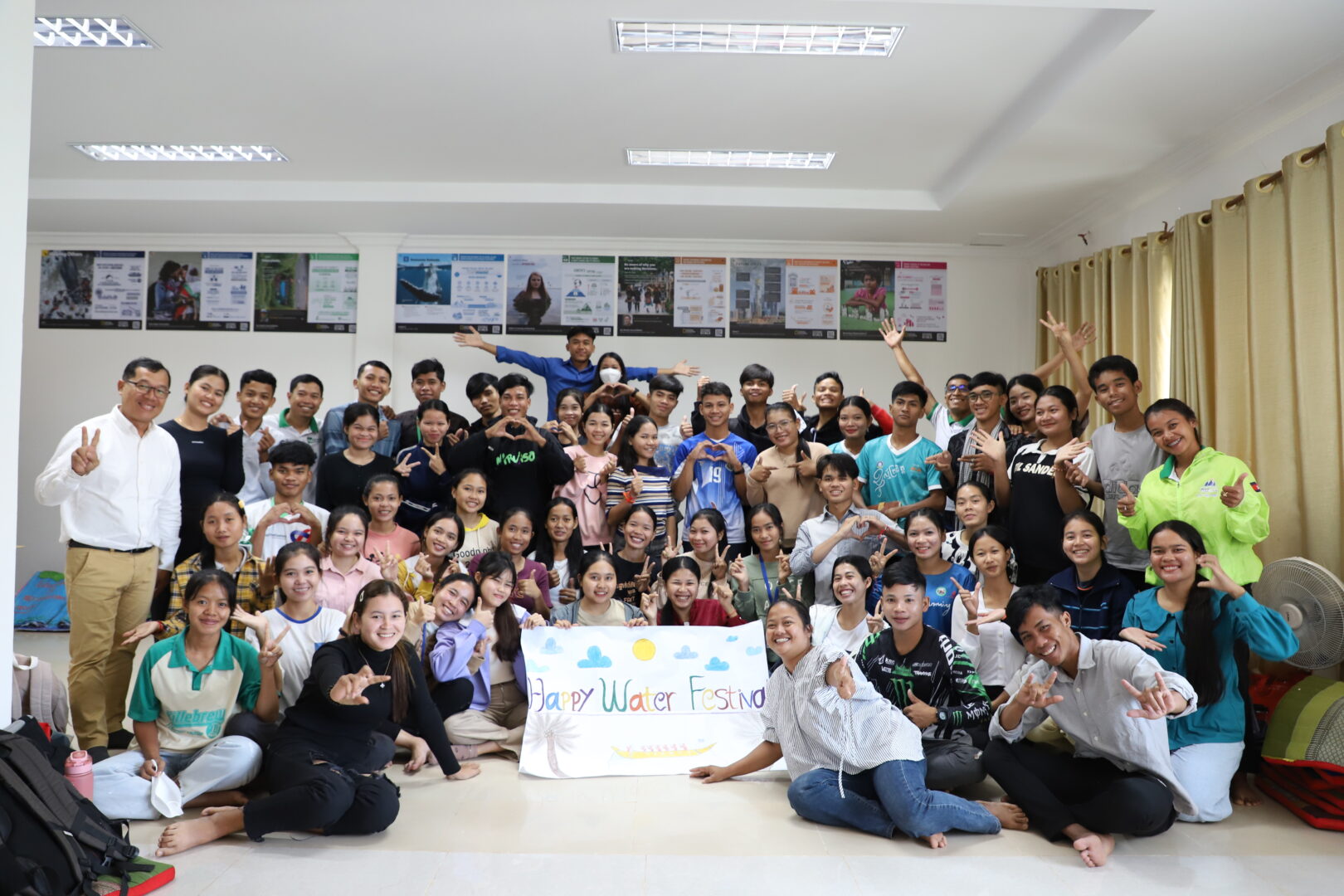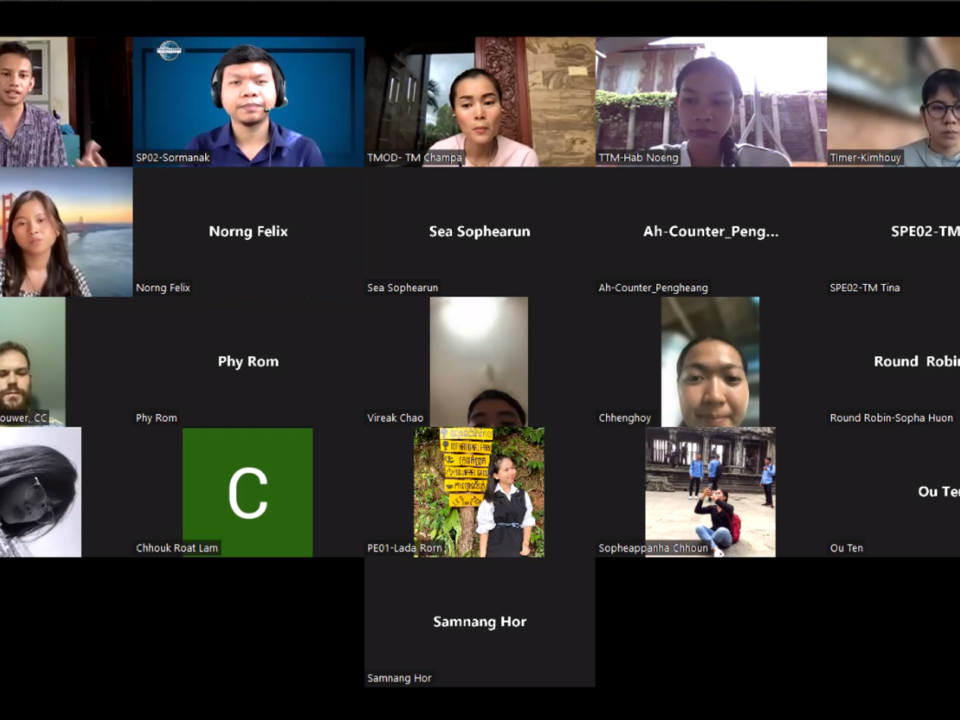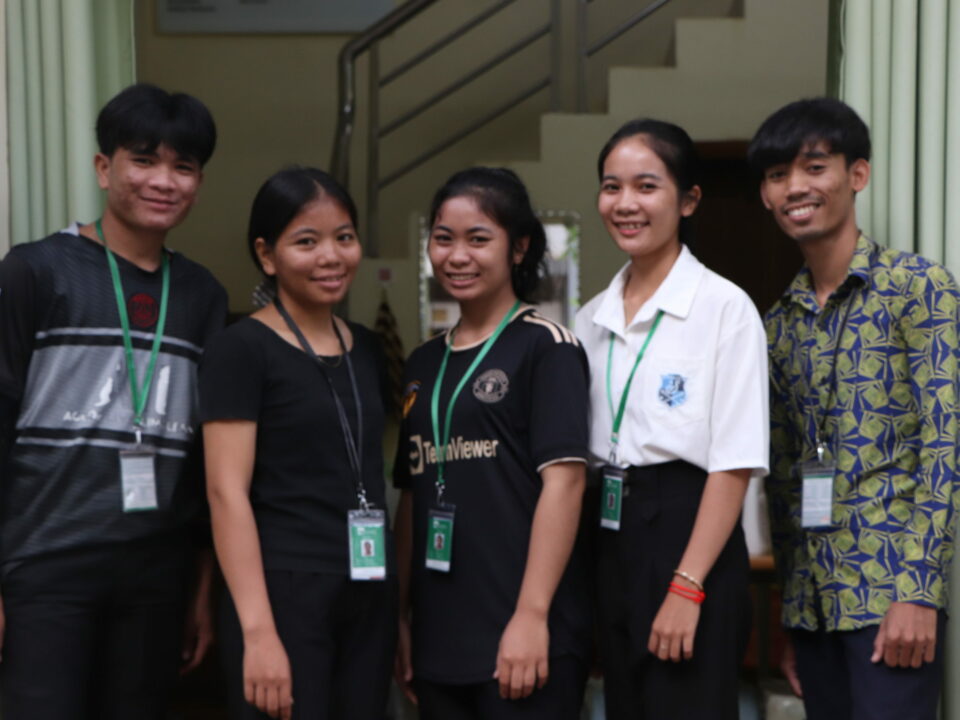Is “Sustainability” Development’s Atlantis?
October 27, 2009You Are Brilliant and the Earth is Hiring!
October 28, 2009Disclosure: Our Bike-to-School Program is NOT “Sustainable”
Some people have asked us if our Bike-to-School Program (BTSP) is “sustainable.” Clearly, the answer is no! The program will not be continued once we leave, so why did we start it? Is it causing more harm than good? What are the plans moving forward?
Read on to learn why we started this program, why we are continuing it for a bit longer, and how we plan to improve it into something we believe in even more.
Our hope is to find the time to write out this kind of analysis for more programs in the future, so keep on the lookout!
PEPY’s Program: Bike-to-School
Program Overview: PEPY provides bicycles to students who are graduating from 6th grade as an incentive for parents to allow their children to stay in school through this point and to provide a means of accessing secondary school. Students must also attend monthly PEPY workshops as well as complete the government’s final exam which allows students to enroll in grade 7. If there are students who attend school and the PEPY programs but do not pass the test, PEPY funds a teacher to be a tutor for the summer and the government allows them to retake the test.
Stopping, Continuing, or Redeveloping: Redeveloping
Internal Program Rating: This program is most likely our least sustainable program, both in the community’s ability to continue the program when PEPY eventually leaves the area and in the program’s ability to improve the capacity of the local community to solve their own problems.
Problem: In the areas where we work, most families have only one or more bicycles and the wealthier families have a motorbike. There are two families within the center of Chanleas Dai that have a truck. As many families have only one bike, the parents often need to take the bike to get into the fields. With an average of five children, there is sometimes a need for different kids to go to different schools based on their grade. When students go to primary school, it is typically either only in the morning or only in the evening. When they move on to 7th grade in the lower secondary school, students typically need a bike dedicated just to them as they have to be in school for the full day. A bicycle can be about double the monthly income of a family living in Chanleas Dai. Broken bicycles or the lack of a bicycle is often the reason given by students who have dropped out of school or have taken a long break.
Program Goals: Increased attendance. Increased duration of education. Increased enrollment in and completion of both primary school and lower secondary school.
Some Factors Considered Before Implementation: We considered the fact that families might sell the bikes or use them for purposes other than sending their kids to school. As primary school completion — which earns the student the bike — is one of the program goals, the program will still be deemed successful even if the bike is used for other purposes, as having the child finish grade 6 is a higher level of education than over 50% of people in the commune will achieve. We considered the impact on the local economy; there are no bike shops in the commune, but there are at least two in the nearest town on the main road in the district. We considered buying the bikes from there, but the quality was much lower than those in the city. This is something we can and should revisit for the final years of BTSP implementation. We considered the fact that children and families might move to this village to be able to qualify for this program. As we have seen this already on a small scale, we are changing this program for its final two years to the junior high school, as this will diminish this problem in part. (see below)
Alternatives: Nearly every NGO working in government primary school education in Cambodia has some sort of “scholarship program”. The government even took over one of those programs this year, which is a big step for the sustainability of this type of program. Most of these scholarship programs include these components:
- a bicycle
- non-formal “fees” paid directly to teachers (these are fees the teacher charges for “extra classes” or to be allowed to take a test and anyone who doesn’t pay them isn’t able to pass. In this way, “free” Cambodian public school is not really free at all.)
- a uniform
- school materials
- some of the more damaging programs also pay parents to allow their kids to stay in school
As other PEPY programs provide for uniforms/school materials and PEPY’s Teacher Award Program removes the non-formal fees, PEPY is in effect providing a scholarship opportunity to all students willing to stay in school. Another issue we have seen in the area, is the lack of transparency available for these NGO groups to choose the right recipients and from what we have seen, they often do not. By making the program accessible to all, motivation becomes a determinant, but we recognize it also means that kids in lower grades who would be in need of such support are not able to access it.
Another alternative is to focus on connecting the community to job opportunities requiring education. By making education more valued in the community by drawing direct correlations between increased education and the ability to access higher paying jobs, incentive programs will not be necessary as the incentive will be in the value of the education itself. We very much agree with this, and we are currently pursuing this avenue as well, connecting the community to scholarship programs alternate jobs, hiring local staff to manage PEPY programs, and looking for partners to help bring industry and additional jobs into the local areas.
Success: Since the program started, we have seen nearly 1000% increase in 7th grade completion in the community due in part to the BTSP. There are other factors as well, and we are working to strengthen those factors and phase out the less sustainable BTSP, but in the meantime, we believe it is part of the reason Chanleas Dai’s secondary school has over double the amount of students staying on through secondary school than projected by local government officials.
Future Plans: When we started this program, we committed to it for a six year period and we have done the program for four years. We will continue to run this program for two more years, but are changing it to a secondary school program rather than a primary school program. The difference is slight, but now that we are working more with the secondary school, we find it more equitable to provide bikes to all entering 7th graders who can keep the bike for perpetuity as their own once they complete grade 7 rather than providing the bike to only one primary school’s 6th grade.
The main way we are improving this program is by phasing it out and replacing it with our Bike Repair Clubs. These clubs will provide skills (both technical skills and leadership opportunities) for secondary students who will then work in small groups to repair bikes in their own school as well as surrounding primary schools. This means that students of all ages who are registered in school can benefit from having their bike repaired. It will also involve a mico-lending aspect. If students do not have the $1.50 needed to buy a new bike tube, then they will be able to put $0.13 down each week until they pay it back. One of the problems we were trying to address with the BTSP in the first place was that students would drop out of school if they didn’t have the funds to repair the broken bikes. In this way, the family does not need to wait until they have saved up to fix their child’s bike but can instead opt to pay back for the repair step by step while their child is still able to attend school. Plus, we can support kids in the lower grades where the highest drop-out rates typically are seen.
We’d love to hear your thoughts on our analysis of this program’s “sustainability”. We hope to find the time to do more program analysis like this one, so keep checking back!
—
Reminder: If any of YOU, who are reading this post, have traveled with us, or are interested in development, have any questions about our work/decisions or have ideas for how we can further improve our work, we’d be happy to hear them. Feel free to write us an email or add comments/questions below. Remember, KEEN will provide a pair of their fabulous socks each month to someone who writes a comment on our Team Journal! Help us generate more discussions on these topics we feel passionate about, share your ideas to help make us a better organization, and have a chance to have cool socks to keep your feet warm this winter! Or, come help us do all of these things IN Cambodia (where you won’t need the socks anyway, but might want their sandals!)



